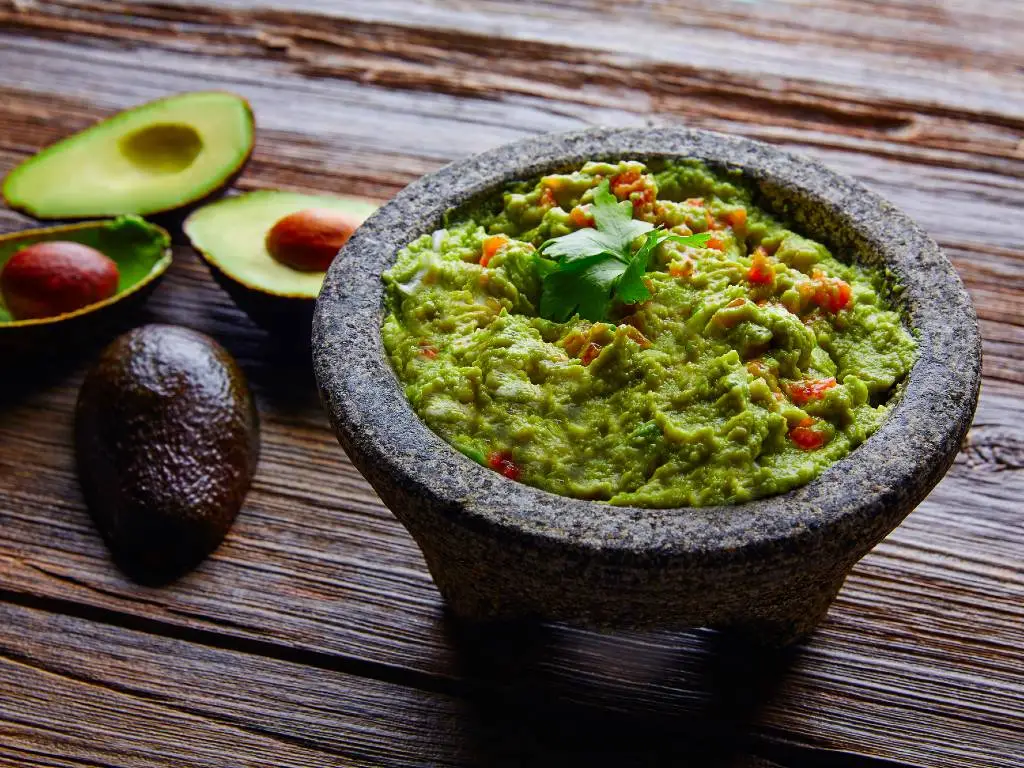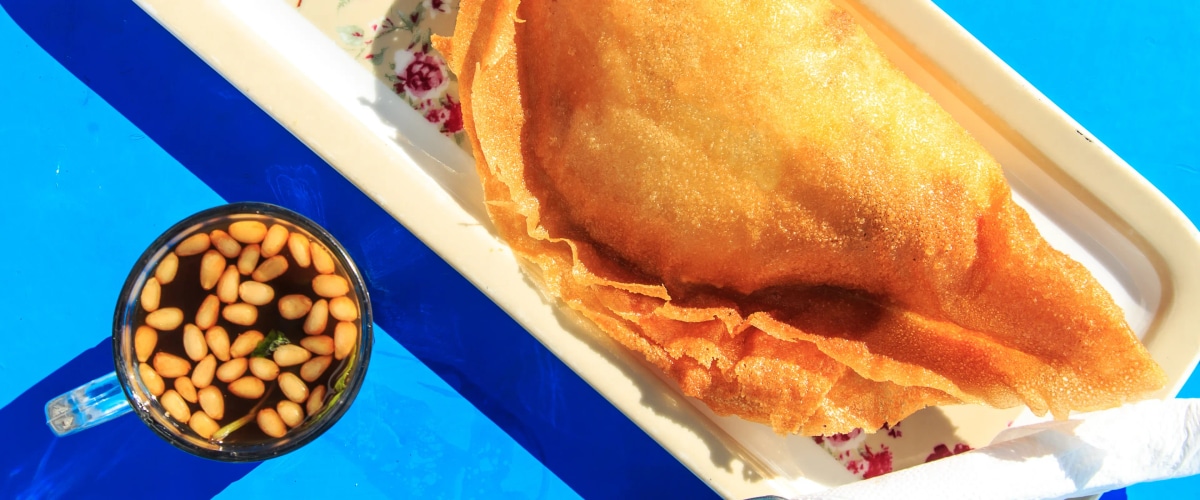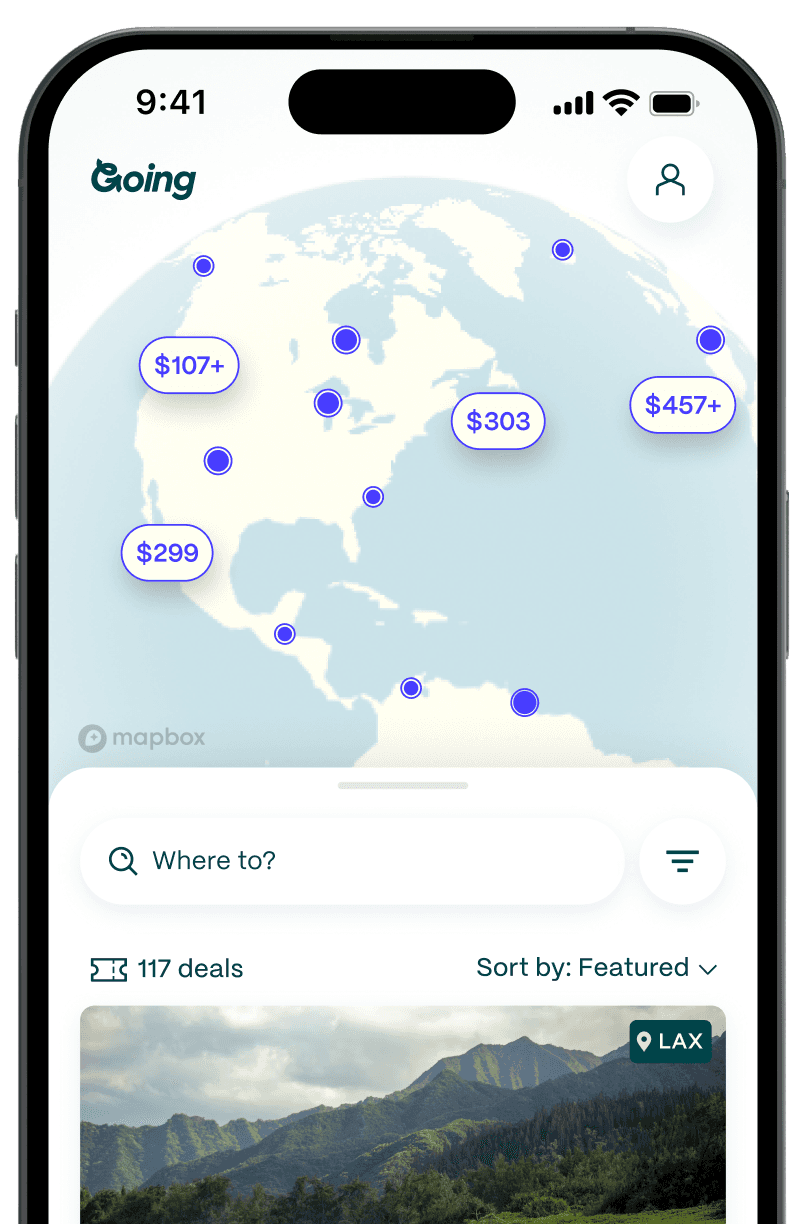
The Cuban Sandwich: An Integral Taste of Tampa History
What deep-dish pizza is to Chicago, cheesesteaks are to Philadelphia, and tacos are to Tucson, the Cuban sandwich is to Tampa—sought-after flavors of a city’s history and its people, served pressed and ready for the first bite.
And just like in those other cities, the people of Tampa are very opinionated when it comes to their favorites, but they all agree on one thing—the ingredients: fresh Cuban bread (La Segunda Bakery has been baking their loaves since 1915, and they make a good sandwich, too) stacked with sweet Spanish ham, mojo-marinated roast pork, Genoa salami with black peppercorns, Swiss cheese, pickles, and mustard on the “roof” of the sandwich, or the top piece of bread.
When my husband and I moved into our neighborhood just north of downtown Tampa 20 years ago, our new neighbors stopped by to introduce themselves, carrying boxes of fresh guava pastries and sharing tips about where to find their favorite Cuban sandwiches in and around the neighborhood.
One spot they directed us to was Hutto’s Corner market, a (now-closed) Tampa institution where the sandwiches are made each morning, wrapped in paper, and placed in a basket that sat on the counter for grab-and-go lunches. “When they’re gone, they’re gone for the day,” our neighbors told us. As we renovated our house in those early years of homeownership, we were sustained by Hutto’s Cubans, just as generations of Tampeños have been for more than 100 years.

Cuba meets Tampa
The Cuban sandwich goes back further than that, however, though no one is quite sure when the Cubans first adopted sandwiches as their own.
“The evidence of sandwiches in Cuba is complicated by several factors,” says Jeff Houck, who co-authored The Cuban Sandwich: A History In Layers with Andrew T. Huse and Dr. Bárbara C. Cruz. “Especially because there is no fixed word in Spanish for the term that doesn’t refer to something else.”
“Until the word sandwich was adopted, no single word had been used,” Houck explains. “Bocadillo could refer to all manner of ‘small bites.’ Sandwiches also were known as emparedados, a term meaning ‘walled or surrounded by walls.’
“The earliest known written references to sandwiches in Cuban sources are associated with imported ingredients,” Houck continues. “An 1873 Cuban newspaper ad for a lunch salon in Havana reveals that a wide variety of sandwiches were already available with imported ingredients. [The ad read, in part,] ‘Every day there are sandwiches made of turkey, lobster cooked with Champagne, English sausages, Westphalian ham, venison tongue, roast beef, corned beef, etc.’”
Through their research, the co-authors discovered that today’s Cuban sandwich is a variation of the Mixto, a sandwich made with whatever ingredients Cubans had on hand, like mortadella, paté, turkey, and salchichón (a Spanish sausage). Because of the ingredients’ availability and prices, these sandwiches were enjoyed by the Cuban upper class.
“The Cuban sandwich we know today is a descendant of the Mixto sandwich that got its start in Cuba,” Houck says. “It was really the sandwich of nobility; people would enjoy it while taking evening carriage rides. It was literally what its name implied: a mixture of whatever they had available. Now, if you had more than one protein on the sandwich on the island, you were rich.”
At the turn of the twentieth century, immigrants from around the world, including Cubans, Spaniards, Italians, Germans, Romanian Jewish, and Chinese, made their way to Ybor City to work in its booming cigar industry. In its heyday in 1920, an estimated 10,000 cigar rollers in 200 factories hand-rolled up to half a billion cigars each year in the “Cigar Capital of the World.” At the time, Tampa’s population was slightly more than 51,000, while Miami’s was just 30,000; Jacksonville was Florida’s largest city with a population of more than 91,500.
“One of the neatest things about the Tampa Cuban is also something that is probably more hyperbole than historical fact,” says Rodney Kite-Powell, Florida historian and director of the Touchton Map Library at the Tampa Bay History Center. He explains that some Tampeños like to believe that the ham and pork represent the Spanish (from Spain and Cuba), the salami represents the Sicilians (Italians), and the pickle and mustard represent Germans/Eastern Europeans.
“The idea that the Cuban sandwich represents all of the different ethnic groups that lived and/or worked together in early Ybor City is interesting but probably just not true, in the sense that it was intentional,” says Kite-Powell.
Rather, the flavors likely blended together naturally, just like the people who lived and worked in Ybor City.
“As people moved and migrated, they took their food with them,” says Houck. “Only here [in Tampa], it was a combination of many different cultures, and it's unlike other cities … they all worked together in the Cuban factories, so they all lived in close proximity in Ybor City and intermingled, intermarried, [and] their foods kind of merged into each other.”

Tampa v Miami
There’s long been a … friendly? … disagreement between Tampa and Miami when it comes to the Cuban sandwich and its origin, but there’s good evidence for Tampa. According to Houck, up until the 1980s, there was a greater Cuban population in Tampa than in Miami. And the Cuban sandwich has long been a staple at The Columbia in Ybor City, which first opened its doors in 1905; The Columbia is the oldest restaurant in Florida.
“What we like to think of as a very rigid history is very much not,” he says. “The sandwich that everybody loves today as a Cuban found its definition in Tampa. The place where it became beloved was Tampa first because there were no Cubans in Miami; it wasn't a deep water port. The foundations for the sandwich all happened in Tampa after it migrated up from Cuba.”
Miami’s claim to the Cuban sandwich does make sense since the city now lays claim to the largest Cuban population in Florida, with a population of more than 154,000 compared to Tampa’s estimated 41,000. The influx of Miami’s growth in Cuban population is due in large part to the massive migration from the island to the US in 1980; an estimated 125,000 Cubans sought asylum through the Mariel Boatlift.
Just how do Tampa and Miami Cuban sandwiches differ? It’s simple: The Tampa version includes salami, and each uses differently shaped bread. That’s it.
But one thing is the same between the two: the sandwich does mean different things to different people, and people have very personal connections to the sandwich.
“It’s a historical document in Tampa, whereas in Miami it's much more of a document of a people and their mass migration,” Houck explains.
“It’s like you can't just ask about the sandwich,” he continues. “You get the story with it. It's something that emotionally triggers more emotions. There's something comforting about salty, sweet, creamy, pickle-y, mustardy, porky, that combination. No matter how you build, it adds up to something very, very, deep for people.”
When asked what he thinks the impact of the Cuban sandwich is on Tampa, Kite-Powell says that it has given Tampa an identity.
“That is something that the city—and the state—have struggled with, and I think food can go a long way in helping to give a city or a region an identity,” Kite-Powell says. “The Cuban sandwich and the grouper sandwich are both Tampa brands that have grown to be identified with the state as a whole. I think the Latin history that Tampa has, which is much older and more diverse than you see in Miami, is reflected in our foodways, and the Cuban sandwich is a big part of that.”
And then there’s the fact that the Tampa City Council approved a resolution in 2012 that established the “Historic Tampa Cuban Sandwich,” the city’s signature sandwich.

The Cuban goes worldwide
“There is nothing anywhere remotely close to a Cuban sandwich right now being served in Cuba because the ingredients aren't available,” says Houck. “It's really a sandwich that only lives outside of Cuba in any kind of real form.”
In addition to variations of Cuban sandwiches in Florida and across the US, Houck references several international varieties. There’s The Cuban Sandwich Factory in Belfast, Northern Ireland, which sells a Cuban sandwich served by “a Cuban expat who missed the flavors of home,” and the Tampa Sandwich Bar in Seoul, South Korea, serves Tampa and Miami versions of the iconic sandwich, along with a Korean iteration with kimchi. The Seoul shop competed at Tampa’s annual Cuban Sandwich Festival a couple of years in a row and won awards for the best non-traditional sandwich.
“I don't know another foodstuff that has politics, geography, ingredients, history, and emotion all wrapped up in one item,” says Houck. “I mean, every bite you take is like time travel.”
Where to try Cuban sandwiches in Tampa
Columbia Restaurant: Florida’s oldest restaurant in Ybor City boasts one of the Sunshine State’s best Cuban sandwiches, staying true to the original 1915 recipe created by the cafe’s founder, Casimiro Hernandez, Sr. It’s so good, in fact, it was named “Best Sandwich in Florida” by Food & Wine.
The Boozy Pig: Everything but the bread and Swiss cheese is made at this restaurant/butcher shop, which means the butcher makes his own salami, mustard, and pickles. The authors of The Cuban Sandwich cite him as the future of the sandwich.
The Cracked Pepper Cafe: If you're going to compete in Tampa’s annual Cuban Sandwich Festival—let’s just say you’d better know how to stack up the ingredients, and this year’s winner of the “World's Best Traditional Cuban Sandwich” certainly does.
West Tampa Sandwich Shop: The restaurant added a variation of its traditional Cuban sandwich after a certain 44th President of the United States stopped in for a bite: the Honey Cuban “Obama Sandwich,” served with lettuce, tomato, and a drizzle of the sweet stuff.
Golden Dinosaurs: Vegetarians and vegans aren’t left behind when it comes to Cuban sandwiches. This Gulfport vegan eatery serves its variation on the classic: house-made mojo pork seitan, roasted pulled jackfruit, vegan cheese and mayo, mustard, and pickles served on Cuban bread.
Read more about delicious dishes around the world:
Last updated January 16, 2025









